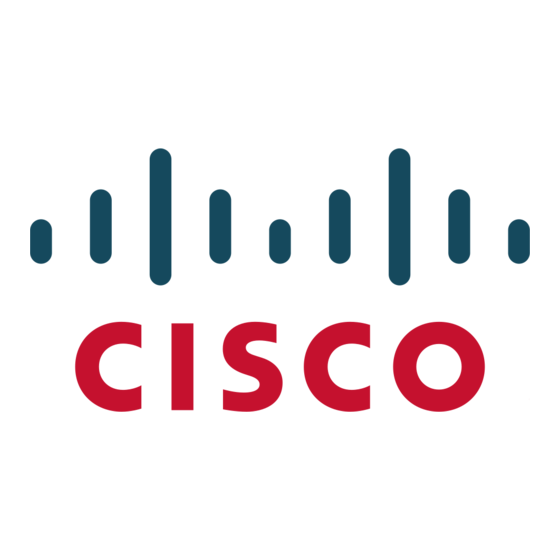Cisco 3600 Series Podręcznik konfiguracji - Strona 14
Przeglądaj online lub pobierz pdf Podręcznik konfiguracji dla Router sieciowy Cisco 3600 Series. Cisco 3600 Series 36 stron. Memory upgrade
Również dla Cisco 3600 Series: Przegląd produktów (10 strony), Instrukcje aktualizacji (30 strony), Instrukcja obsługi (17 strony), Nota aplikacyjna (41 strony), Podręcznik użytkownika (25 strony), Dodatek (15 strony), Podręcznik użytkownika (7 strony), Podręcznik (5 strony), Uwaga dotycząca konfiguracji (23 strony), Uwaga dotycząca konfiguracji (18 strony), Uwaga dotycząca konfiguracji (25 strony)

